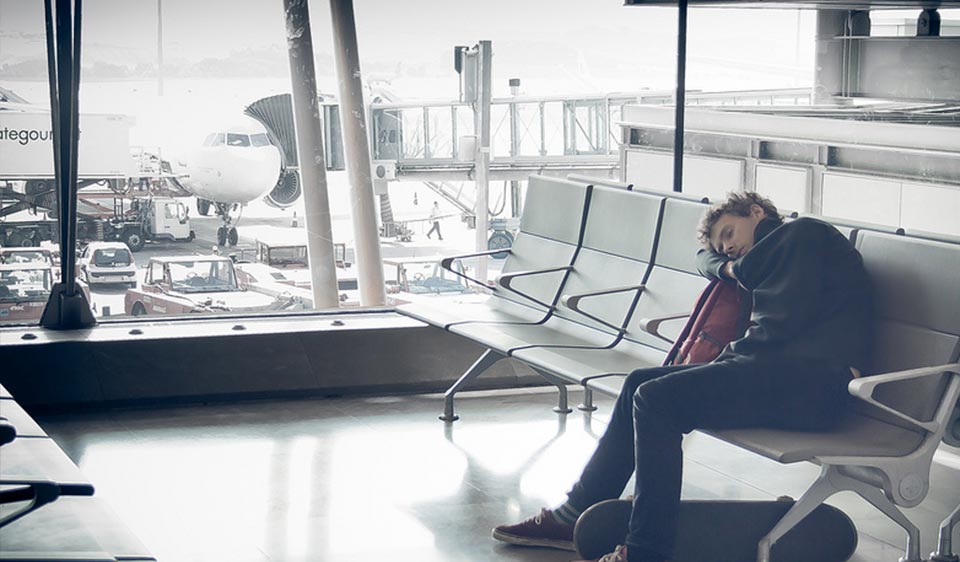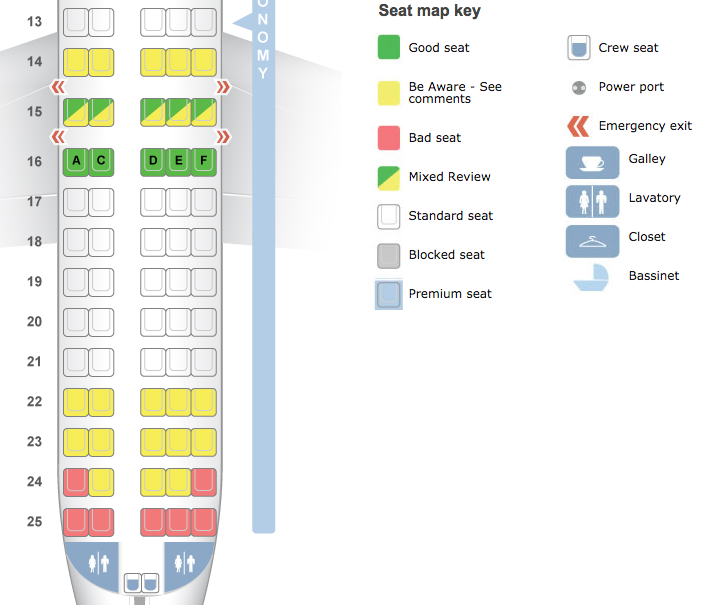
Tips For Sleeping On A Plane
Heading off to some far-off land on a long haul flight? Don’t sacrifice a good night’s sleep just because you won’t be horizontal.
Here are our best tips for how to sleep on a plane:
Choose a good seat
Be sure to select your seat as soon as possible. Some airlines let you choose your seat upon booking, while others open up seat selection once online check-in begins. Either way, pick your seat as soon as you can.
Now, which seats are best for sleeping on a plane? Assuming you’re flying economy class, your best bet is a seat in the emergency exit row: that way you’ll be able to stretch out your legs and won’t be disturbed by your seatmates moving in and out of their seats. Otherwise, try for a window seat: you’re less likely to be bothered, and you’ll be oh-so-thankful for being able to lean on the side of the plane for a little extra sleep room. Whatever you do, avoid booking seats that can’t recline (e.g. the last row of the plane)!
Bonus tip: Check out SeatGuru.com to examine the seating chart for your flight. It has notes marking which seats are more/less desirable, so you can see which seats are the best for sleeping on the plane!

Don’t drink
Thinking about knocking yourself out with a glass of wine on the flight? Think again – you may be regretting that decision when you wake up a few hours later needing to use the toilet. You’ll also feel the effects of dehydration more quickly while in a pressurized cabin, and that certainly won’t help you sleep. What’s more dehydration is one of the main causes of jetlag, so it won’t help you at the other end either.
Invest in some sleep accessories
Let’s face it: you’re not going to get the most comfortable night’s sleep on a plane. But you can make it much more bearable by bringing a few sleep aids on the flight with you:
- Eye mask or baseball cap – If you have trouble falling asleep without total darkness, then covering your eyes on a plane is an absolute must! A comfortable eye mask should do the trick. Or alternatively, try wearing a baseball cap with the brim pulled all the way down over your eyes.
- Earplugs or ear buds – It’s easy to be jarred awake by sudden noises in the cabin, from conversations to passenger movement to the overhead compartments slamming shut. If you’re a light sleeper, block out the noise with some earplugs. Or if you’re the kind of person who sleeps well with music on, pop in those ear buds and turn a sleep-friendly playlist on repeat. We recommend theta or delta brainwave music.
- Neck pillow – These things may look borderline ridiculous, but they work some serious magic when it comes to falling asleep on a plane. They provide much-needed neck support so that you’re not suddenly jolted awake when your neck cramps up from being bent at an odd angle. Try wearing the neck pillow backwards so that your chin is supported from the front. And if bulkiness is a concern, look for an inflatable neck pillow that folds up small when packed in your carry-on bag.
Dress for comfort
Rather than dressing to impress, board the plane wearing what you’d normally wear to bed (presuming you wear something to bed!). Comfortable loose bottoms and wooly socks. Make sure you have a blanket or shawl to wrap yourself up in. It gives us a nice feeling of being nurtured, which always helps with falling asleep.
Practice brainwave flexibility
Once you have learned how to increase your brainwave flexibility, it becomes much easier to sleep on a plane, because it is much easier for you to access the slow brainwave states at will. The noises won’t bother you as much, you will be able to relax more easily, and you may even begin to enjoy the challenge of getting a good night’s sleep on a plane. For tips on increasing your brainwave flexibility before your overnight flight, be sure to check out our post on brainwaves!
